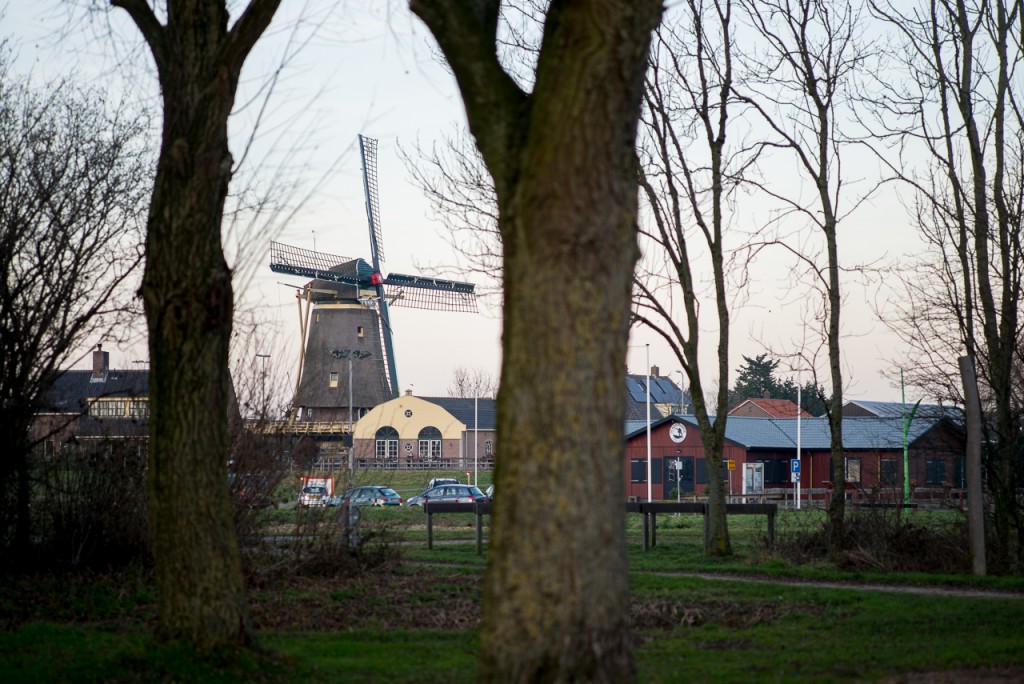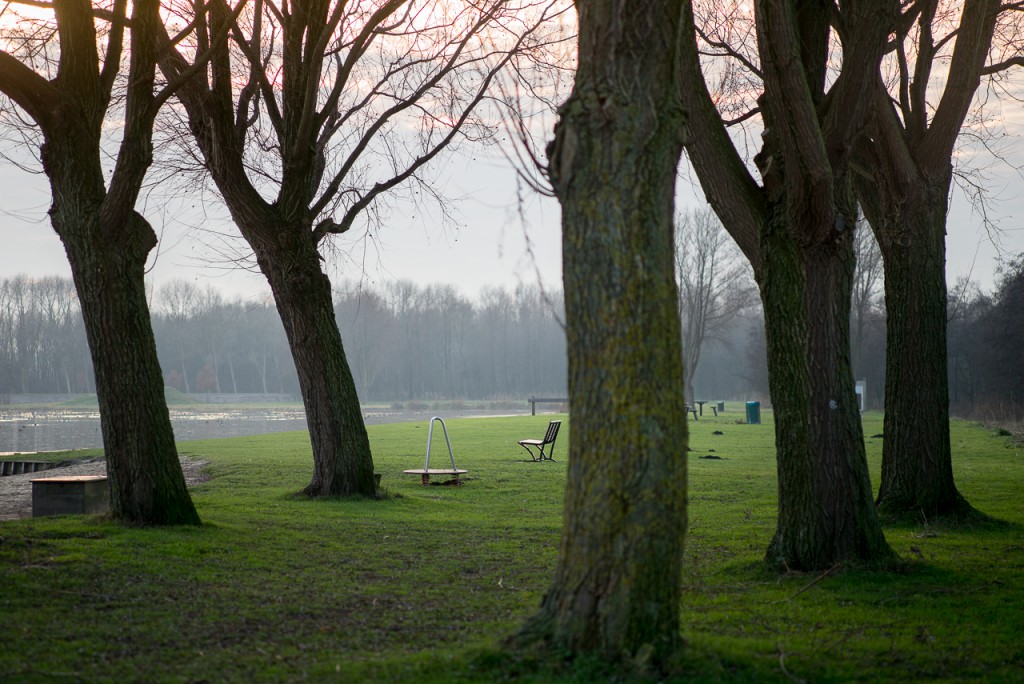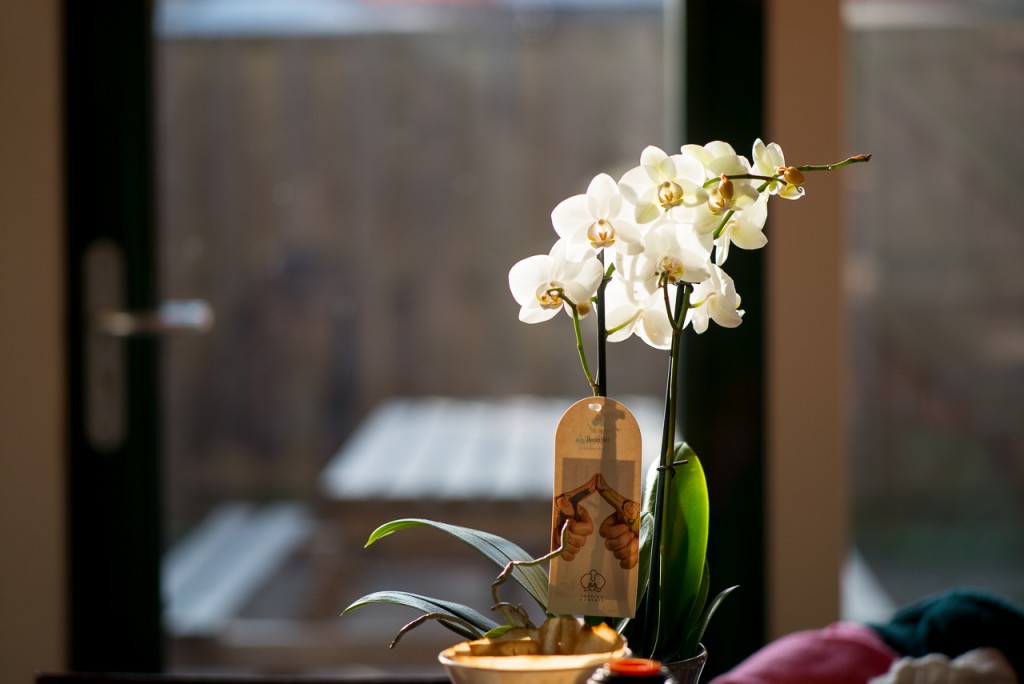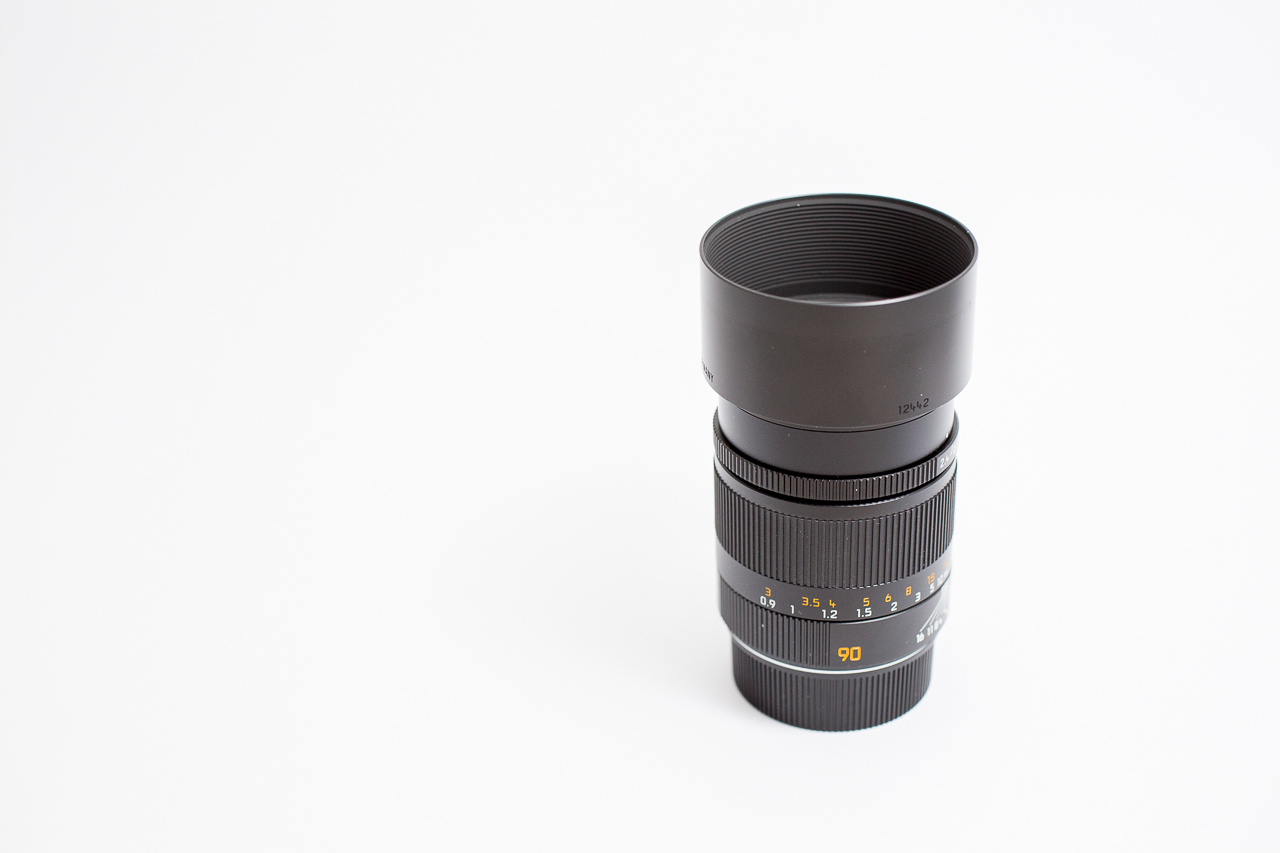The Leica Summarit-M 90/2.4 lens is only one of the two lenses in the 90mm department (at least from Leica). On the occasion market you have more choice in different 90mm lenses, but if you want to buy new from Leica, there’s just two options.
Both shorter and longer lenses have some kind of alienating effect on reality…
There’s probably a reason there are not as many different 90mm lenses as there are 35, or 50mm lenses. A 90mm lens on a rangefinder camera isn’t for everyone. It is harder to focus and errors in focusing are usually more visible than with shorter lenses (try my focus training tutorial if you want to get better). Composing is also a challenge. The 90mm framelines are just a big bigger than the rangefinder patch is. But there is also a more fundamental ‘issue’ with 90mm lenses. Most Leica users prefer to shoot with the natural focal lengths: the 35mm and 50mm. These lenses render the world in more or less the same way as we perceive the world with our own eyes. Both shorter and longer lenses have some kind of alienating effect on reality. But that doesn’t mean they’re not useful.
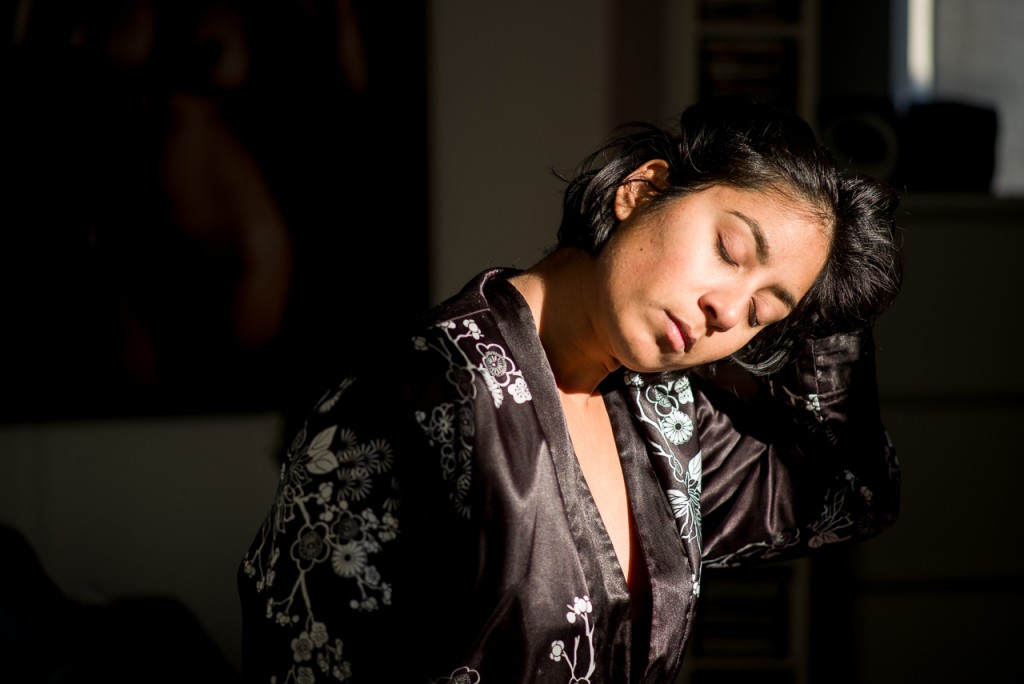
The practical challenges of shooting 90mm lenses can be overcome by using the EVF on the Leica M240, or better yet, on the brand new Leica M10. Problem solved. The more philosophical part of using longer lenses can also be solved. Whereas I usually don’t like street photography that is shot with long lenses, there’s a place for this focal length: the outdoors.
In 90% of the weddings I shoot, I don’t even bring a 90mm…
I only use my 90mm lens on a wedding if I have to cover a ceremony in a big church where I’m not allowed to come close to the action. In 90% of the weddings I shoot, I don’t even bring a 90mm. When I’m in the outdoors however, I often bring both shorter and longer lenses than I’d bring on a wedding. If there is more space around me, these longer and shorter lenses help me to capture the landscape and what we do in this landscape better than my 35 and 50 do. Wide angles add drama to a scene, without the downsides of using wide angles in buildings (distorted lines). Also, when canoeing, a wide angle lens is the only option in showing both the canoe and the landscape, without having to take a swim. The same goes for long lenses. Sometimes it’s easier to show the dimensions of our surroundings with a longer lens. And also, sometimes we just can’t reach what we want to shoot with a 50mm lens.
Longer and shorter lenses help me to capture the landscape and what we do in this landscape better than my 35 and 50 do…
So there we have it. A 90mm lens is a must have for outdoor photography and landscape photography. For both types of photography, I’d say the 90 Summicron is too heavy. With just 371 grams, including the hood, the 90 Summarit is a true lightweight.
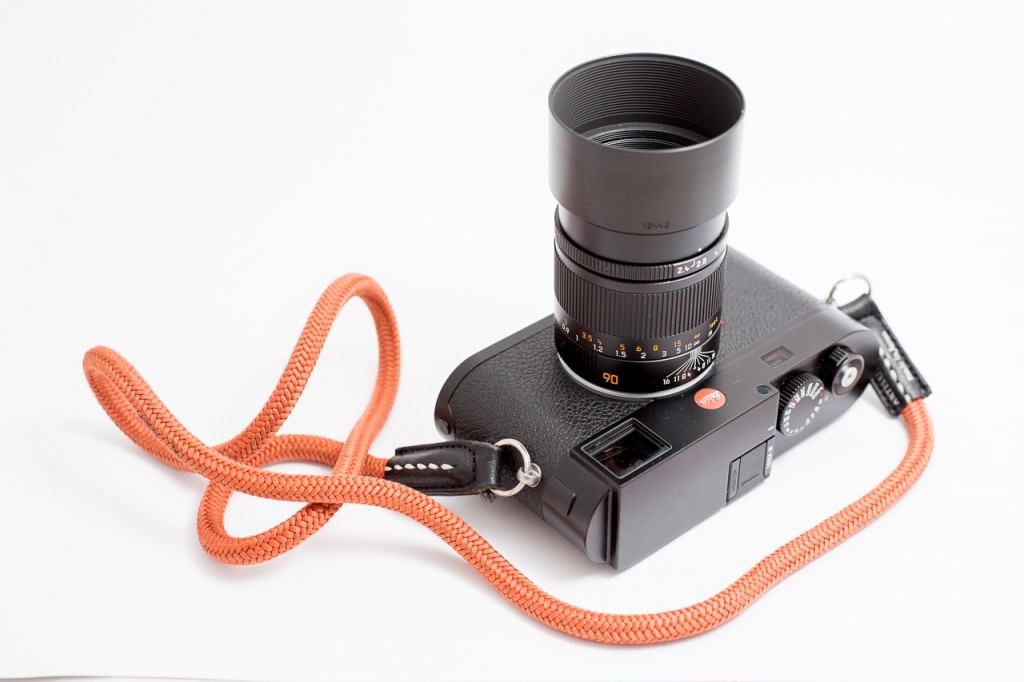
Build quality and ergonomics
Like the other Summarits, the 90 Summarit feels more than sturdy enough. The lack of weight might be deceptive: a heavier lens is not necessarily a better built lens. Focus is smooth, aperture locks just the way I like it. Solid, not too stiff.
The focus throw on my tele-Elmarit is twice as long and results in a much better and more precise focusing…
Ergonomics then, or haptics if you prefer. If there is one thing that I would like to change about the Summarit 90 and 75, it is the focus throw. It is just too short. This becomes evident when you use the EVF for focusing. The tiniest, tiniest adjustment, which you absolutely cannot see with the rangefinder, ‘pops’ the image in focus. That also means that imprecise focusing results in an image where the focus is not on the point where it should be. If there is one thing that annoys me, it is uploading images on my computer and seeing that they’re not what I wanted them to be. The focus throw on my tele-Elmarit is twice as long and results in a much better and more precise focusing. Yes, a longer focus throw theoretically takes a bit more time to focus, but in reality, this isn’t true. It takes me less time to focus my tele-Elmarit, while I have more ‘focus action’ to do, because I can turn the focus ring quicker. Also, it is easier to use muscle memory on a lens that has a bigger focus throw, because the micro-alterations that are needed to focus the 90 Summarit are just too hard to learn for this type of memory.
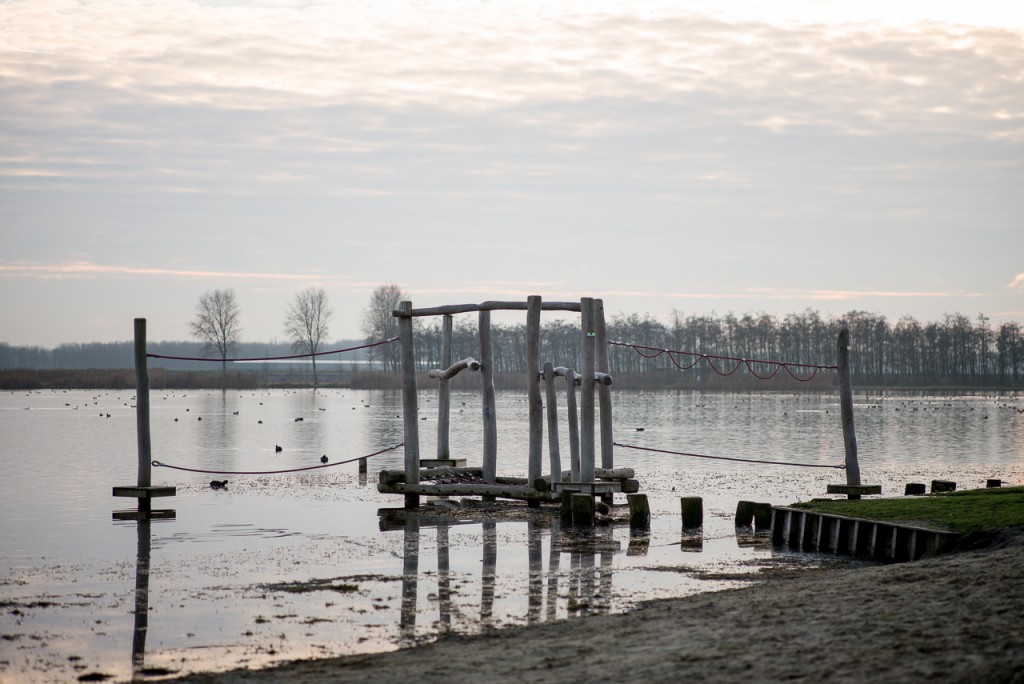
Sharpness, bokeh and rendering
Having said that, I’m happy to move on the the optical part of the review. The 90 Summarit is optically a much, much more modern lens than the 90 tele-Elmarit (the thin version). While I have been very happy with my tele-Elmarit, I also have struggled with series of photos for which I used different lenses. Sometimes it’s very hard to match the tele-Elmarit pictures with pictures that I took with a 35 or 50 Summicron. The rendering is that different (colour, transitions etc) that it’s hard to have these shots blend in with the other. If you recognize this problem, the 90mm Summarit is definitely a good performer.
The 90 Summarit is optically a much, much more modern lens than the 90 tele-Elmarit…
Yes, it is sharp. Maybe sometimes a bit too sharp for portraits, depending on the light. The center is very sharp, while the corners are slightly softer wide open. This improves a bit when stopping it down. There is an almost complete lack of purple fringing, which is nice, but never a deal breaker for me. Flare resistance is good, partly thanks to a very good metal screw on hood. Don’t use protecting filters. If you keep the hood on, the chance that anything will happen to the front element is close to zero.
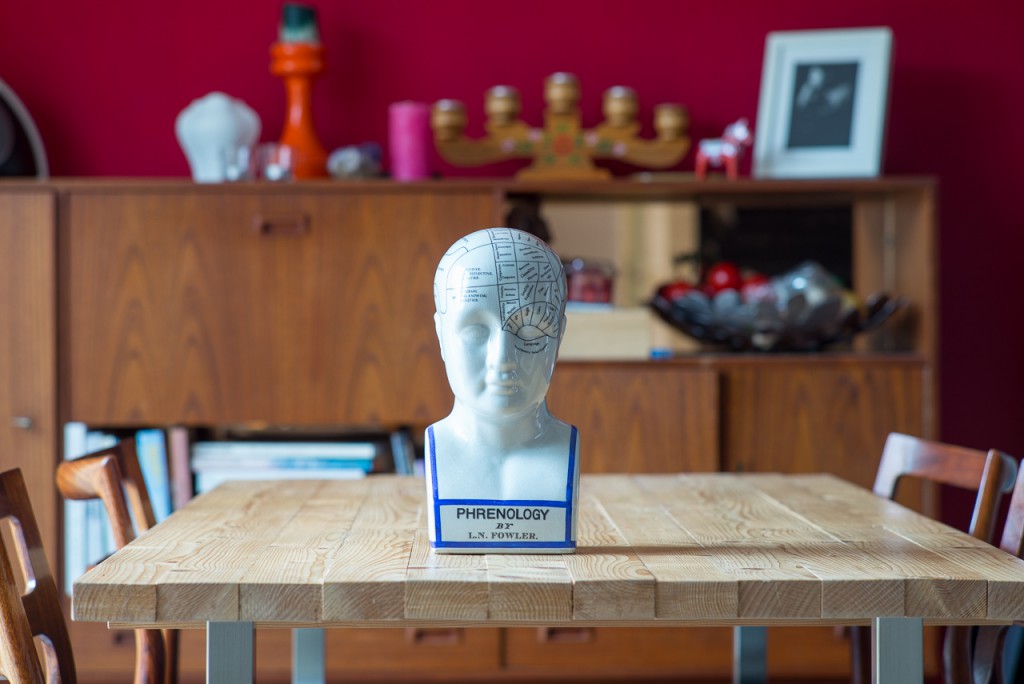

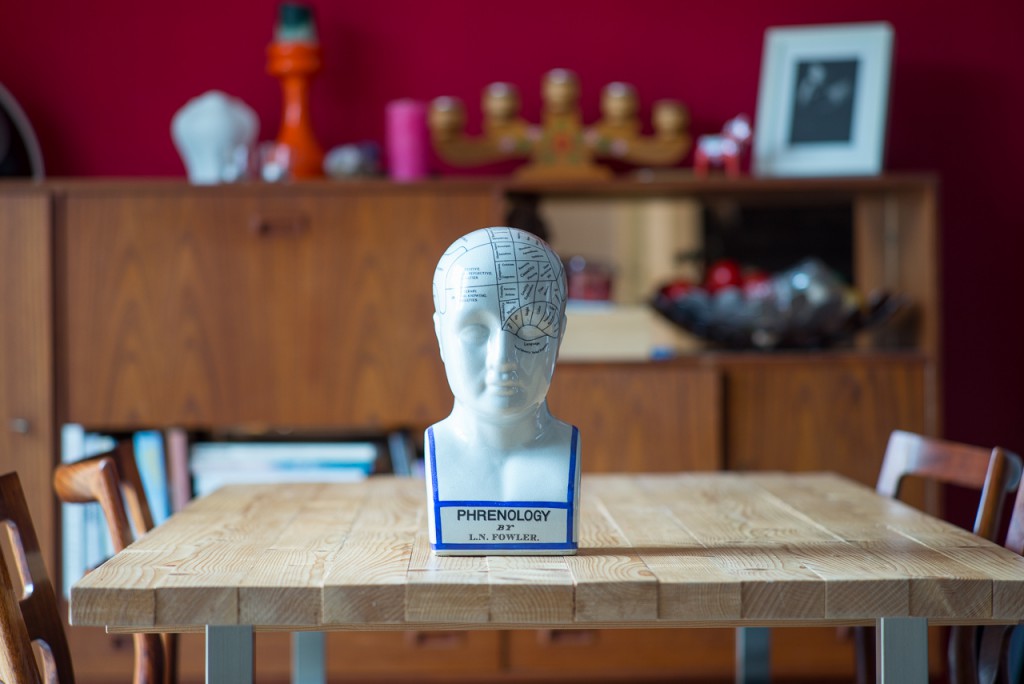
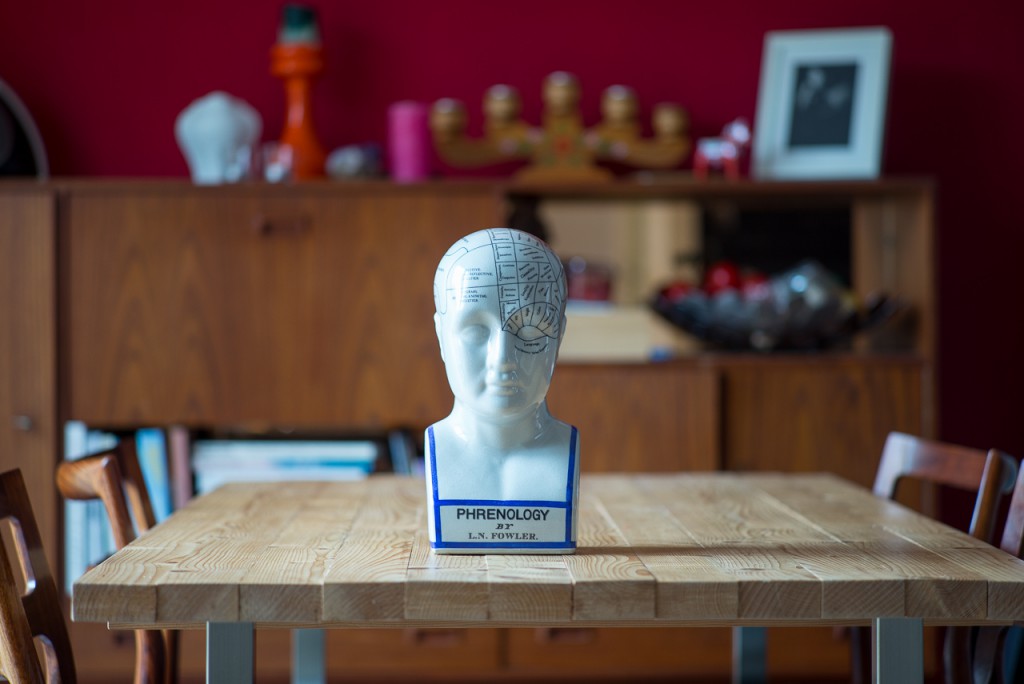

Bokeh is nice: smooth and creamy. Thanks to the long focal length and the relative fast aperture, you don’t need to do anything spectacular to get that bokeh in your pictures. Bokeh isn’t as smooth as on the 90 Summicron pre-ASPH.
The 90/2.4 Summarit has a very modern rendering. It is sharp, sometimes bitingly sharp, with quite a bit of microcontrast which determines the rendering for the biggest part. Get up close (90cm max), find a smooth background and you’ll be able to create very attractive portraits or other shots where you isolate the subject from the background. Compared to the 90mm Summicron pre-ASPH (and probably to the ASPH as well) and even to the 90tele-Elmarit, the 90 Summarit is a bit ‘flat’. Lack of 3D you might call it. No big deal in corner to corner landscape shots, but when you want to play with in and out of focus areas, you might not get the results you would get with another lens.
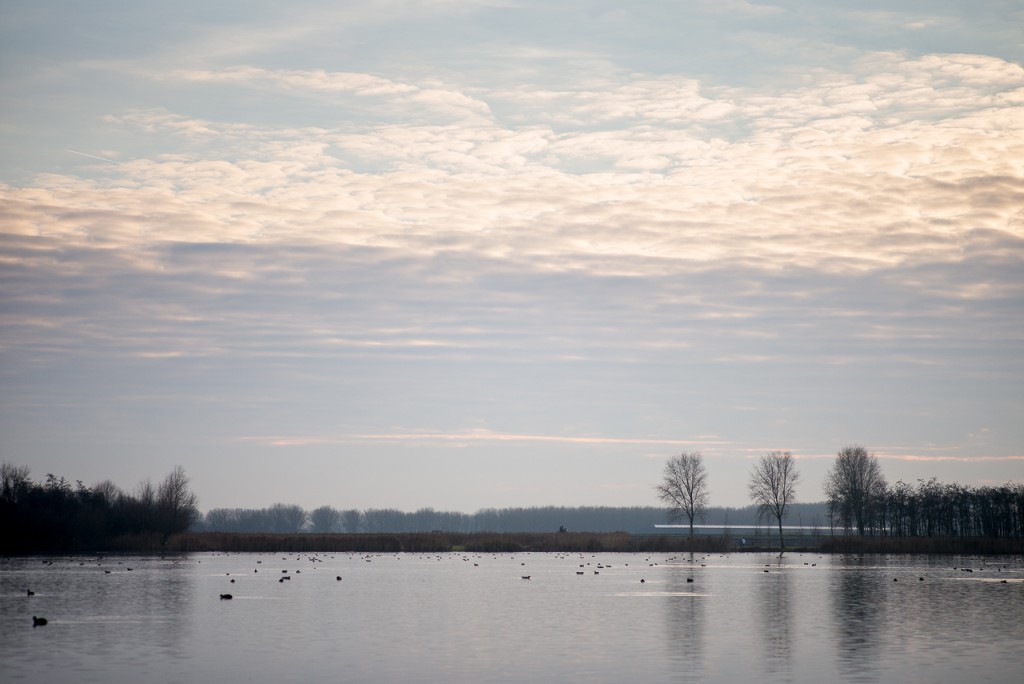
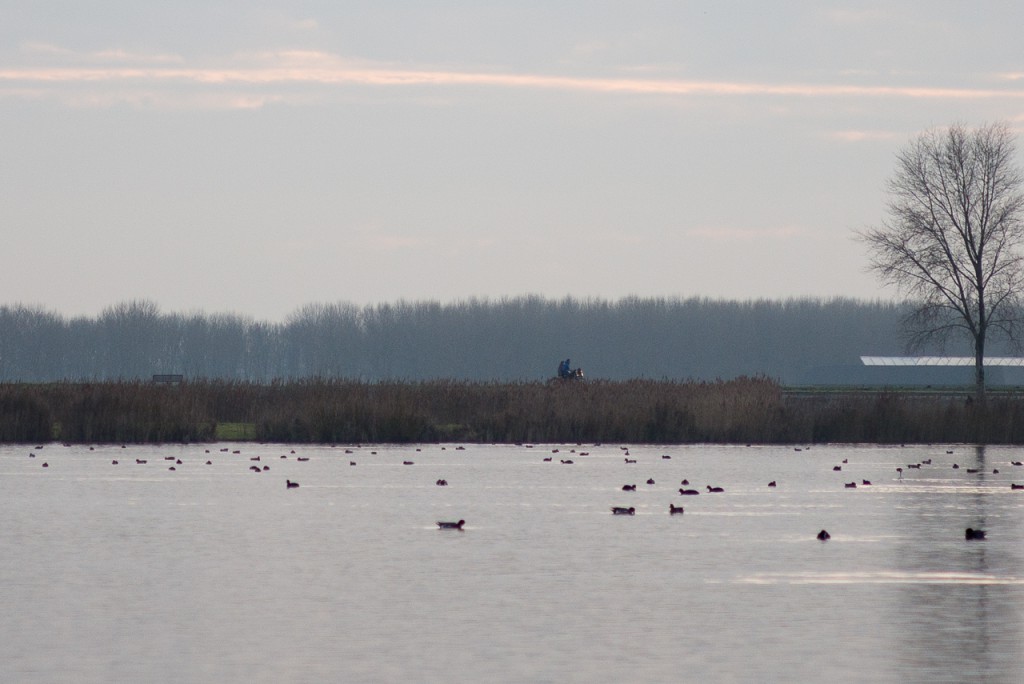
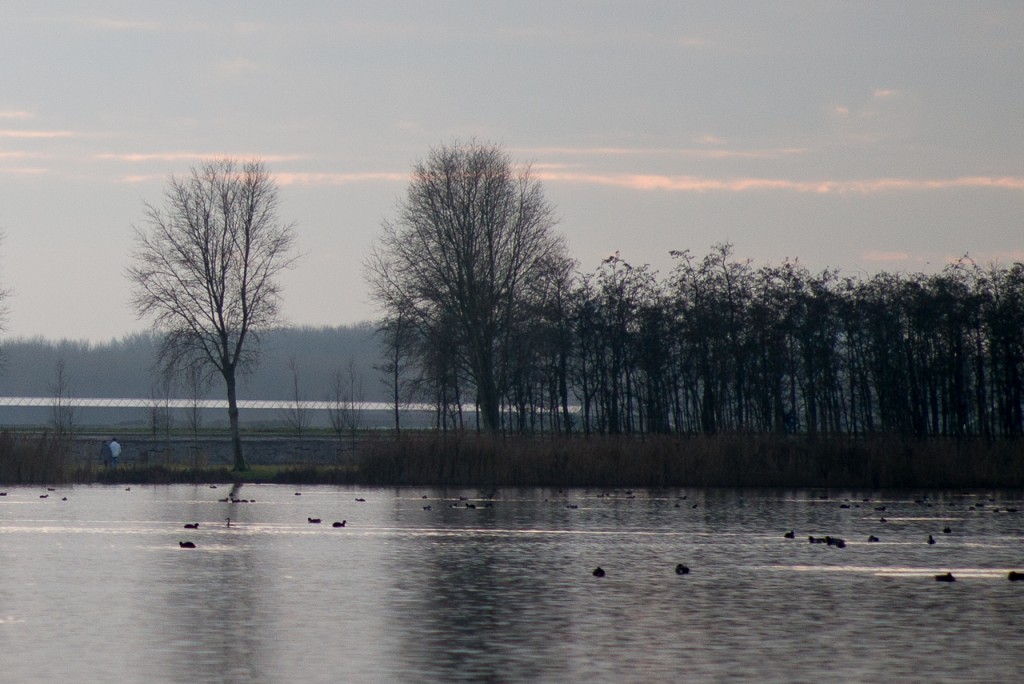
Conclusion
I tend to like this lens. If its focus throw were just a bit longer, I’d buy it. To be honest, this is the only disadvantage. The rest is pretty good: it’s light, has a solid build quality, renders like the other Summarits, can easily be used in series with other lenses (Summicrons) and it’s not too expensive. For landscape photography, this is probably the perfect lens. Focusing is usually not really critical (set it to infinity and there you go) and low weight is at least as important as the price tag. If you buy this lens for portrait only, you might want to give it a try before you buy. Personally, a 90mm is a bit too long for portraits (unless you take a few steps back) and precise and quick focusing is a must.
it’s light, has a solid build quality, renders like the other Summarits, can easily be used in series with other lenses (Summicrons) and it’s not too expensive…
Other reviews you might be interested in:
The Leica Summicron 90/2.0 pre-ASPH
